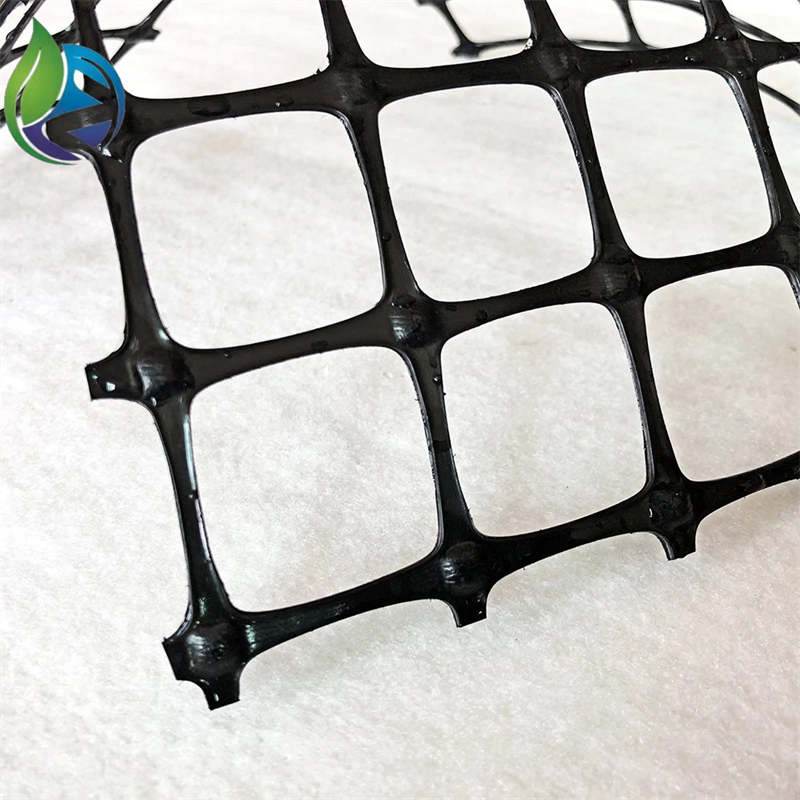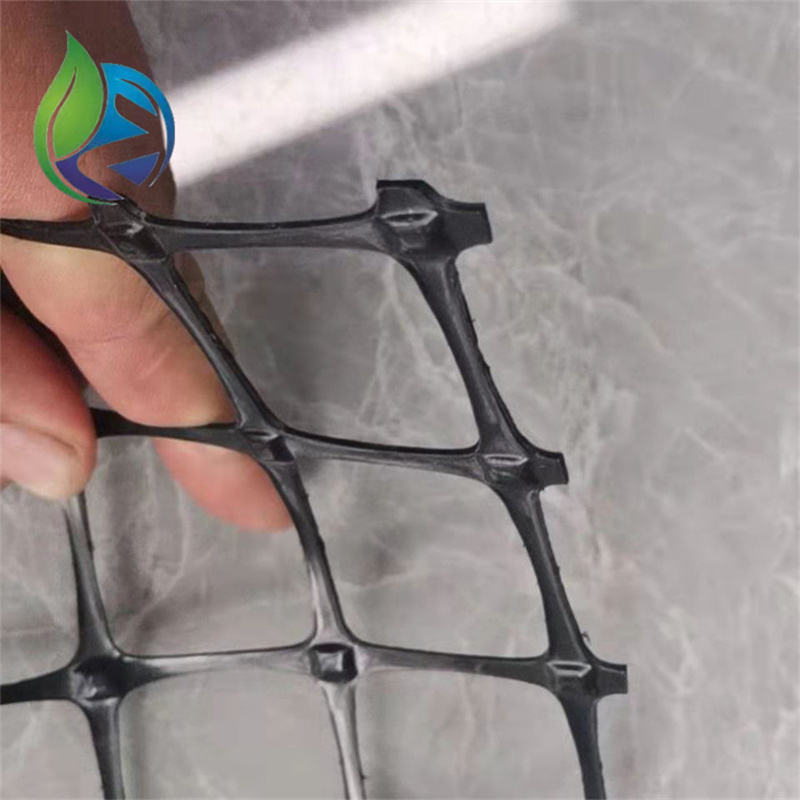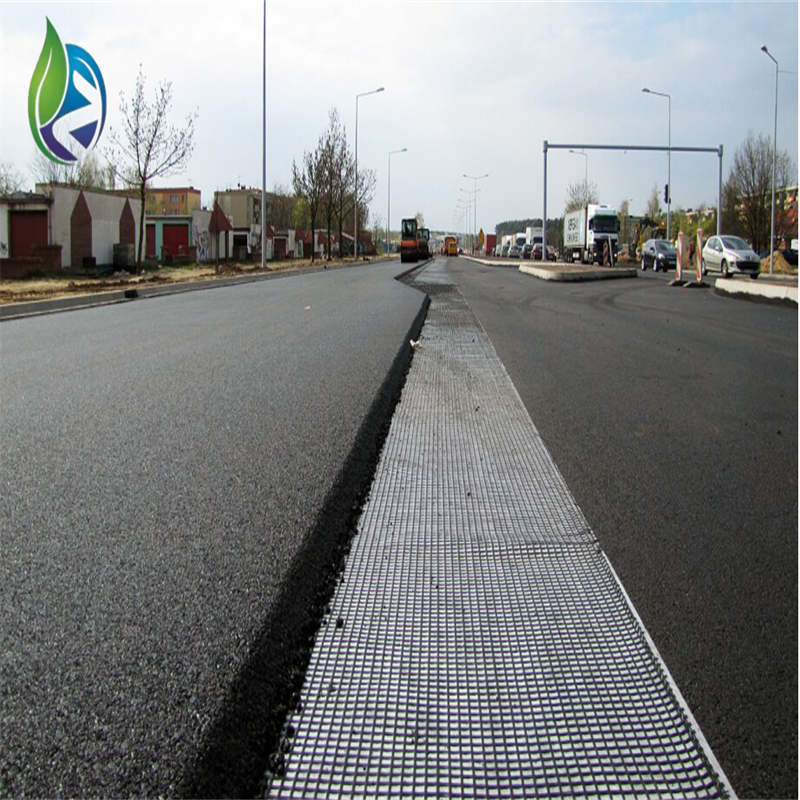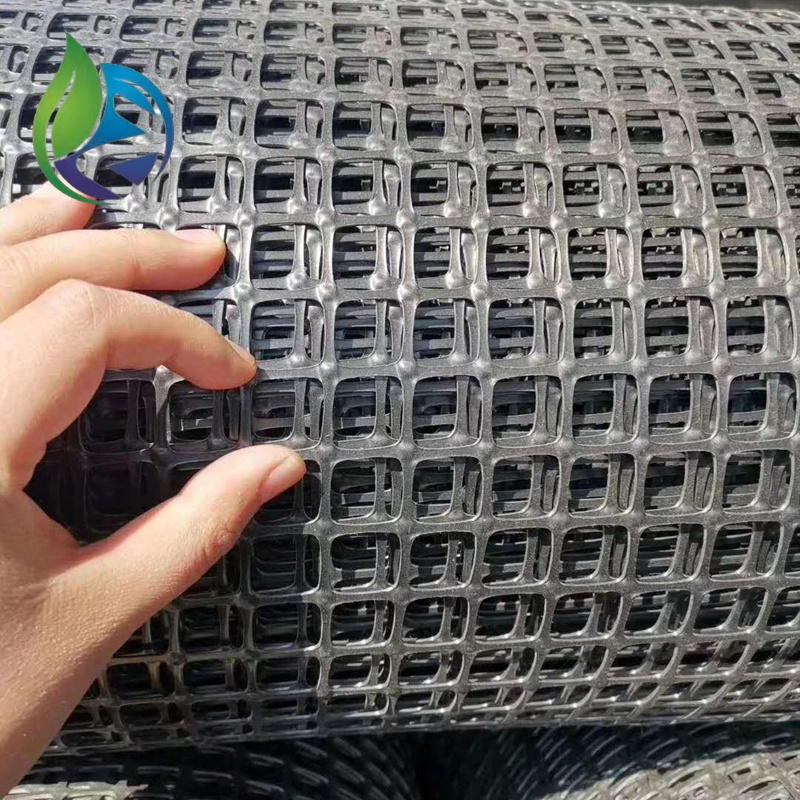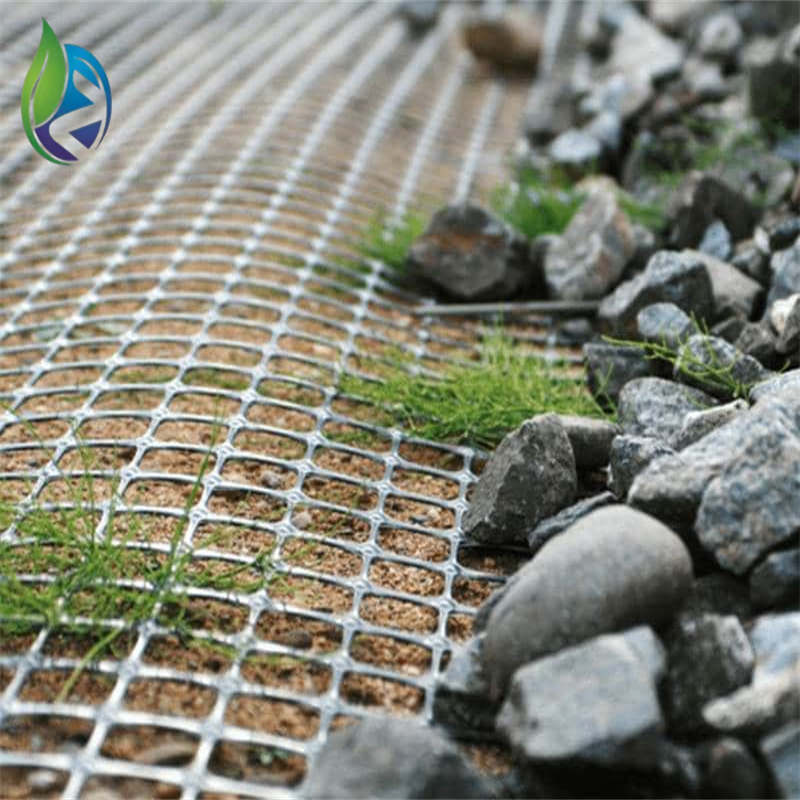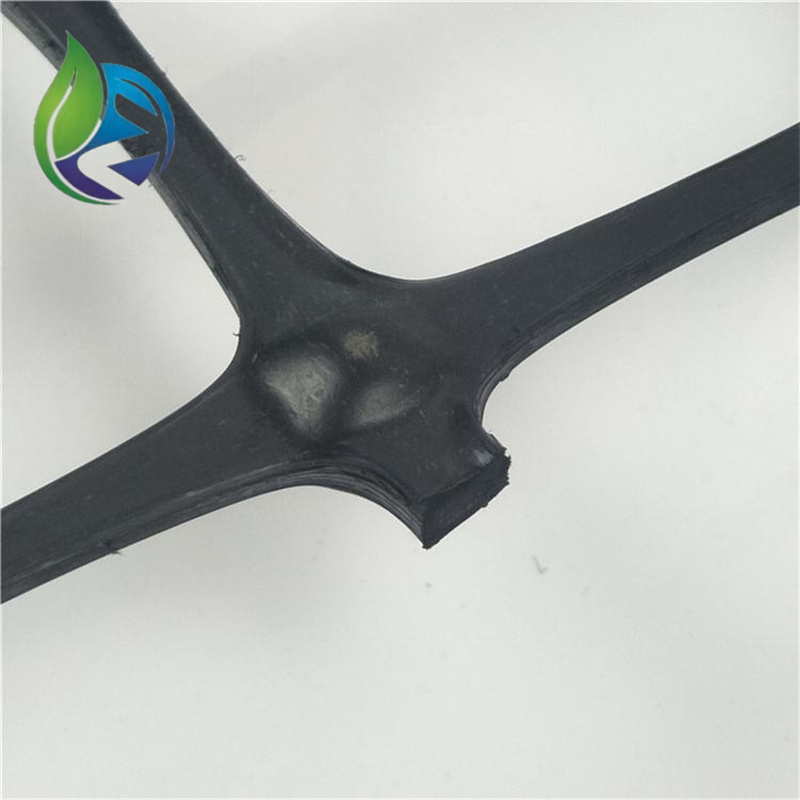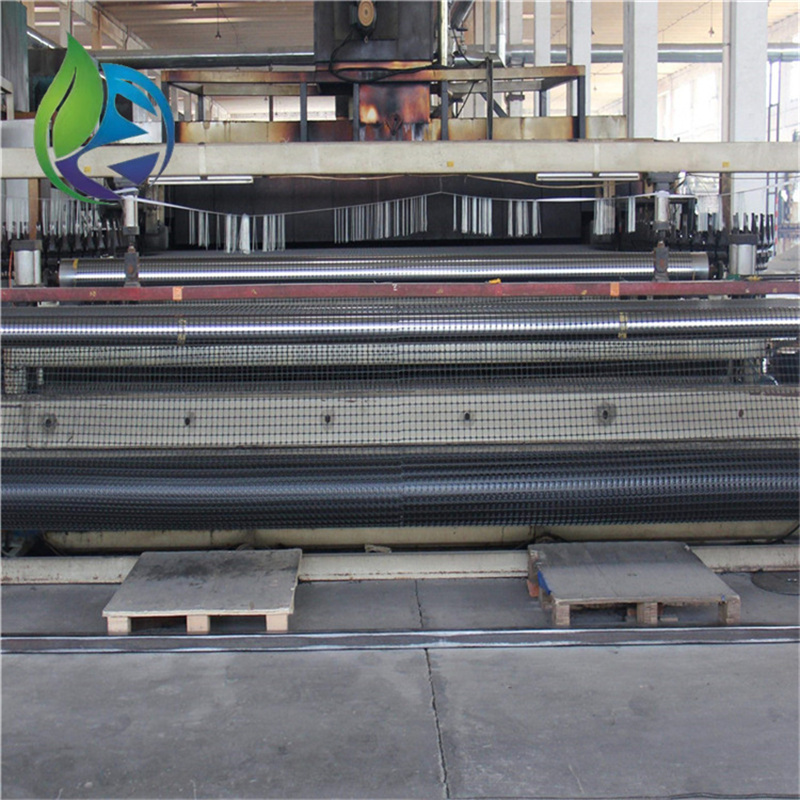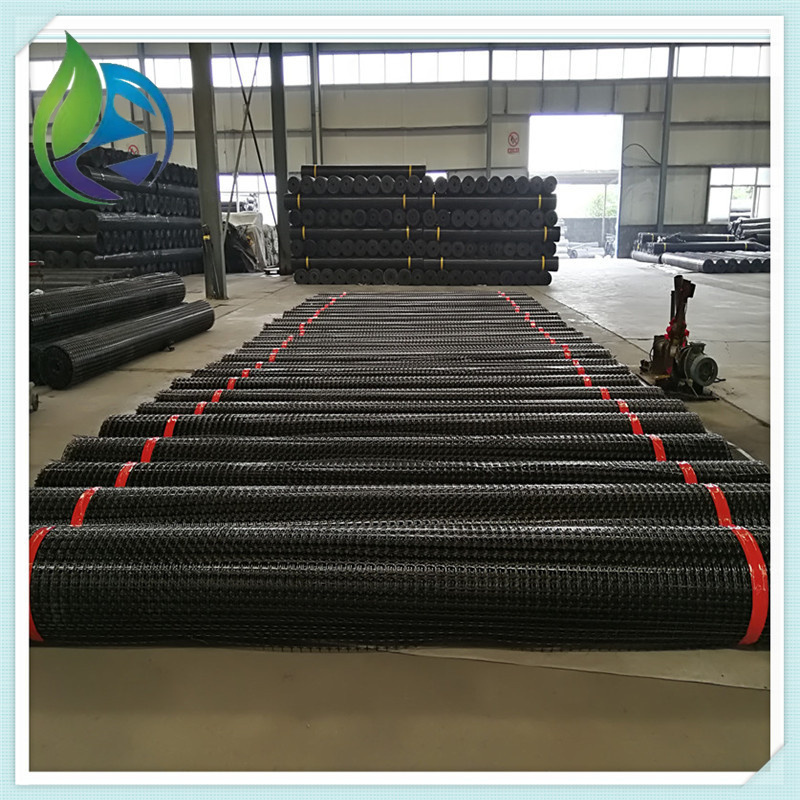Black Plastic Biaxial Geogrid
As infrastructure projects grow in complexity and scale, reinforced soil technologies are becoming essential for road construction, embankment stabilization, and foundation reinforcement. Among these solutions, black plastic biaxial geogrid has gained global attention for its strength, durability, and cost-efficient performance. This article provides a comprehensive, SEO-optimized overview for B2B buyers, including market trends, technical specifications, applications, manufacturing processes, and procurement guidelines.
Black Plastic Biaxial Geogrid: A Complete Technical Guide for Global Infrastructure Projects
As infrastructure projects grow in complexity and scale, reinforced soil technologies are becoming essential for road construction, embankment stabilization, and foundation reinforcement. Among these solutions, black plastic biaxial geogrid has gained global attention for its strength, durability, and cost-efficient performance. This article provides a comprehensive, SEO-optimized overview for B2B buyers, including market trends, technical specifications, applications, manufacturing processes, and procurement guidelines.
Growing Demand for Soil Reinforcement Materials
Global investments in transportation, mining, and urban development continue to expand, driving the demand for high-performance ground stabilization materials. According to recent industry analyses, the geosynthetics market is projected to exceed USD 20 billion by 2030, with biaxial geogrid being one of the fastest-growing categories.
Several factors contribute to the rising use of black plastic biaxial geogrid:
Need for longer-lasting pavement structures
Increasing adoption of geosynthetics in environmentally sensitive areas
Cost reduction in roadbed preparation
Rising standards for load-bearing capacity in highways and logistics routes
What Is Black Plastic Biaxial Geogrid?
Black plastic biaxial geogrid is a polymer-based geosynthetic reinforcement material engineered with tensile strength in both longitudinal (MD) and transverse (TD) directions. This two-directional strength distribution provides superior load spreading, making it ideal for base reinforcement, subgrade improvement, and soil stabilization.
Key Characteristics
Material: Typically HDPE or PP
Structure: Stretched grid with uniform apertures
Color: Black, with UV stabilization
Strength: Balanced tensile strength in both directions
Applications: Roads, parking lots, railways, slopes, embankments, retaining walls
Its ability to lock aggregate in place significantly increases the stiffness and stability of granular layers.
Technical Advantages of Black Plastic Biaxial Geogrid
1. Improved Load Distribution
The biaxial structure enables the geogrid to disperse heavy loads across a broader area. This reduces rutting, prevents settlement, and extends pavement lifespan.
2. Enhanced Soil–Aggregate Interlock
The precise grid aperture design enhances interlock with aggregates, resulting in greater shear resistance and structural integrity.
3. Durability in Harsh Environments
Black plastic biaxial geogrid is designed to resist:
UV radiation
Chemical corrosion
Biological degradation
Freeze-thaw cycles
These features make it suitable for regions with extreme temperatures or corrosive soil conditions.
4. Reduced Base Thickness and Construction Costs
Using biaxial geogrid allows engineers to reduce aggregate thickness by up to 40% while maintaining or improving structural performance.
5. Fast Installation and Low Maintenance
Lightweight, roll-packaged, and easy to deploy, the product saves labor time and lowers equipment requirements.
Manufacturing Process Overview
High-quality black plastic biaxial geogrid is typically produced through the following steps:
1. Extrusion
Polymer resin (HDPE or PP) is melted and extruded into a flat sheet.
2. Punching
The sheet is punched with a controlled aperture pattern.
3. Stretching
The punched sheet is stretched in both machine and transverse directions, enhancing tensile strength and molecular alignment.
4. Surface Treatment
UV stabilizers and antioxidants are added to extend outdoor service life.
5. Quality Testing
Every batch undergoes testing for:
Tensile strength (MD/TD)
Elongation
Aperture size uniformity
Chemical resistance
Durability under environmental stress
Key Applications Across Global Infrastructure
Road Construction
Black plastic biaxial geogrid is widely used in:
Highway base reinforcement
Asphalt overlay stabilization
Rural road improvement projects
Heavy-load industrial roads
Railway Subgrade
Its ability to reduce settlement and vibration helps extend the service life of railway ballast layers.
Parking Lots and Logistics Yards
The material strengthens soft soil bases and prevents deformation caused by repetitive vehicle loading.
Embankments and Slopes
By enhancing shear strength, it prevents sliding, erosion, and long-term settlement.
Retaining Wall Systems
Used as a reinforcing layer behind retaining structures to increase stability and load-bearing capacity.
Market Trends: Why Biaxial Geogrid Demand Is Growing
Increasing Infrastructure Budgets
Many developing regions are investing heavily in transportation upgrades, creating stable demand for geogrid materials.
Shift Toward Sustainable Engineering
Geogrids reduce the need for natural aggregates, supporting resource conservation and environmental compliance.
Rising Standards and Regulations
Global engineering guidelines increasingly recommend geogrid reinforcement in road and rail foundation design.
Expansion of Private Sector Construction
Industrial parks, logistics centers, and mining projects require stronger and more stable subgrade structures.
Buyer FAQs
1. How do I choose the right strength specification?
Selection depends on soil type, load requirements, and project design. Higher-strength models are recommended for heavy-duty roads, railways, and industrial floors.
2. Can black plastic biaxial geogrid be used on soft soil?
Yes. It is especially effective in stabilizing weak subgrades by improving bearing capacity and reducing settlement.
3. Is it suitable for cold or hot climates?
The product performs well across wide temperature ranges and resists freeze-thaw damage and UV exposure.
4. How long does biaxial geogrid last?
With proper installation, service life often exceeds 25 years, depending on environmental conditions and soil chemistry.
Conclusion: Why Black Plastic Biaxial Geogrid Is a Reliable Choice
From highways to industrial landscapes, black plastic biaxial geogrid offers a durable, cost-effective, and technically advanced solution for soil reinforcement. Its proven ability to enhance load distribution, reduce material consumption, and extend structural longevity makes it a preferred choice for modern infrastructure projects worldwide.
Professional Call to Action
We provide engineering-grade black plastic biaxial geogrid with consistent quality, customizable specifications, and global export support. Contact our technical team today for datasheets, design recommendations, or bulk pricing. Strengthen your next project with reliable geogrid reinforcement solutions.


